
교토, 시모가모 신사를 찍다
Larry Knipfing12월 말 일본의 가장 오래된 사당 중 하나인 시모가모 진자를 아침 일찍 방문, 그 곳은 춥고 아름다웠다. 태양은 아직 그 얼굴을 보이지 않았고, 그래서 하늘은 여전히 검고, 사당 구내는 사실상 아무도 없었다.

The Kamo Shrines, Shimogamo Shrine and Kamigamo Shrine are both recognized as UNESCO World Heritage Sites. They are two of the most important and oldest shrines in Kyoto. They are located in the north of the city and are intentionally placed to ward off evil and Protect the city In fact, the two Kamo shrines are even older than the city, which became the national capital in 794.
Shimogamo Shrine is located at the confluence of the Takano and Kamo Rivers and is surrounded by a forest that contains trees up to 600 years old. The Kamigamo Shrine is about three and a half kilometers upstream and is known for two sand cones on its site, which have a cleaning function for the sanctuary and have been ritually made since ancient times.
Together the shrines host one of Kyoto's three biggest festivals, the Aoi Matsuri, which takes place on May 15th.
15-minute walk from Denmachi-Yanagi Station (Keihan Line)
5-minute bus ride from Denmachi-Yanagi Station to Shimogamojinja-mae stop (via city bus no. 4)

12월 말 일본의 가장 오래된 사당 중 하나인 시모가모 진자를 아침 일찍 방문, 그 곳은 춥고 아름다웠다. 태양은 아직 그 얼굴을 보이지 않았고, 그래서 하늘은 여전히 검고, 사당 구내는 사실상 아무도 없었다.

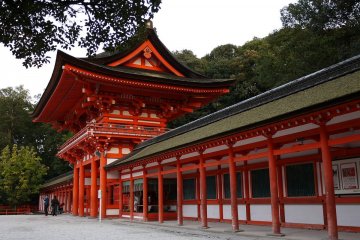
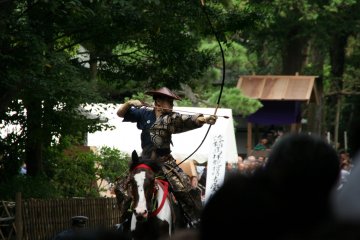
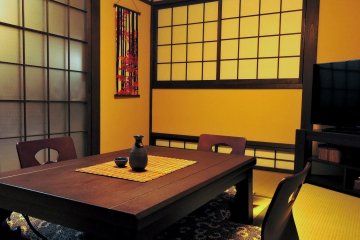
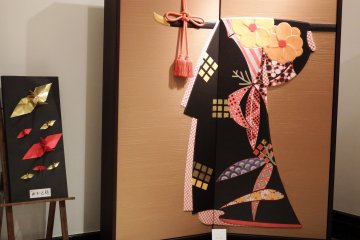
시조 카라스마의 호텔 닛코 프린세스 교토는 싱글 룸 (24㎡)부터 트윈 룸 (48㎡)까지 갖춘 넓적한 객실을 갖추고 있다. 호텔 스태프들은 트레이닝을 잘 받고 최고의 예절과 접대를 한다.
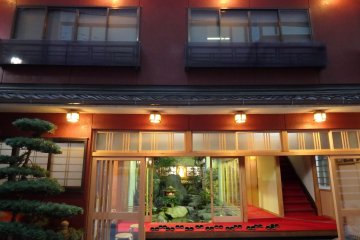



본격적인 나폴리·피자를 제공하는 레스토랑 "다·유키"는 교토 오카자키에 있다.손님들은 대부분 예약을 해오므로 갑자기 가도 들어갈 수 없을 것이다. 예약을 권한다. 기대를 저버리지 않는 명소이다.

The Kyoto Imperial Palace is the former ruling palace of the Emperor of Japan. Since the Meiji Restoration in 1869, the Emperors have resided at the Tokyo Imperial Palace, while the preservation of the Kyoto Imperial Palace was ordered in 1877. [Wikipedia] A reservation is required to visit the Kyoto Imperial Palace.
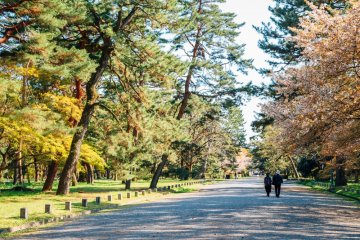
Located in the heart of the city, Kyoto Gyoen National Garden is a natural oasis perfect for escaping the busyness of urban life. This vast green space surrounds the Kyoto Imperial Palace and Kyoto Sento Imperial Palace and was designated as a national garden in 1949. The garden is open all day, everyday, and free to enter. Enjoy the beautifully landscaped trails and seasonal flowers, such as cherry blossoms, wisterias, plums, and lilies, or bring a blanket and have a picnic on the lush grass. Given the garden’s abundance of nature, it is a popular place for tourists and residents alike and is always filled with joggers, dog walkers, picnickers, and cyclists. The greenspace also has athletic facilities. Aside from its natural beauty, the garden is also home to numerous historical and traditional buildings. Of course, the garden’s most treasured structure is the Kyoto Imperial Palace. The imperial palace was home to Japan’s emperors until the Meiji Restoration, when Japan’s capital moved from Kyoto to Tokyo. Today, the campus offers us a glimpse into the past with its historic halls, traditional designs, opulent decor, vermillion accents, residences, and more. You can visit the palace year-round. The Kyoto Sento Imperial Palace, which served as the palace for former emperors, is also available to tour. Apply for tickets online in advance or obtain walk-in tickets (please note that walk-in tickets are limited). The tour features an hour-long stroll through the palace’s immaculate gardens. Kyoto Gyoen is also the site of Shu Sui Tei Teahouse where you can experience tea ceremonies for 100 yen per person, the Kaninnomiya Residence, and numerous smaller shrines. Go on a leisurely walk and enjoy the combination of idyllic nature and historic learning.
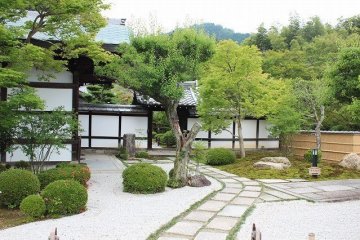
Enkō-ji, is a Zen Buddhist temple located near the Shugakuin Imperial Villa at Sakyō-ku, Ichijo-ji, Kotani-cho, in northeast Kyoto, Japan. It is famous for its fall foliage and Suikinkutsu. [Wikipedia]